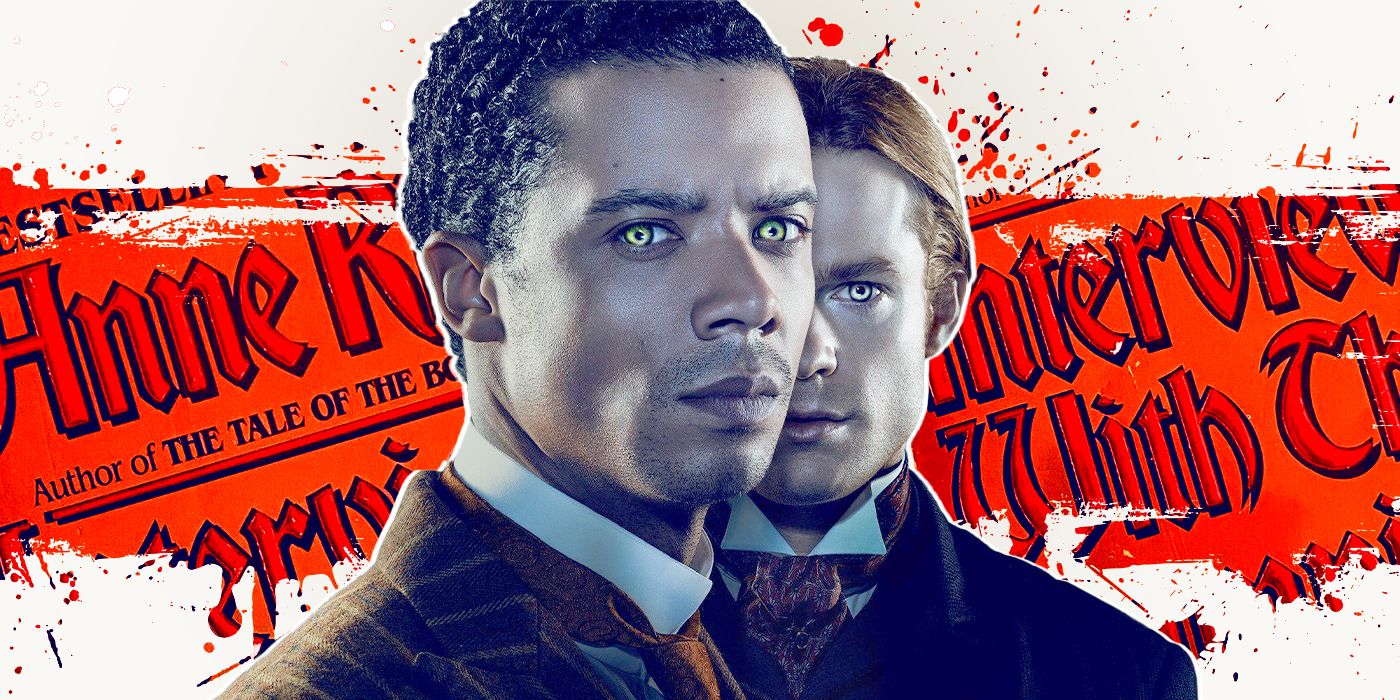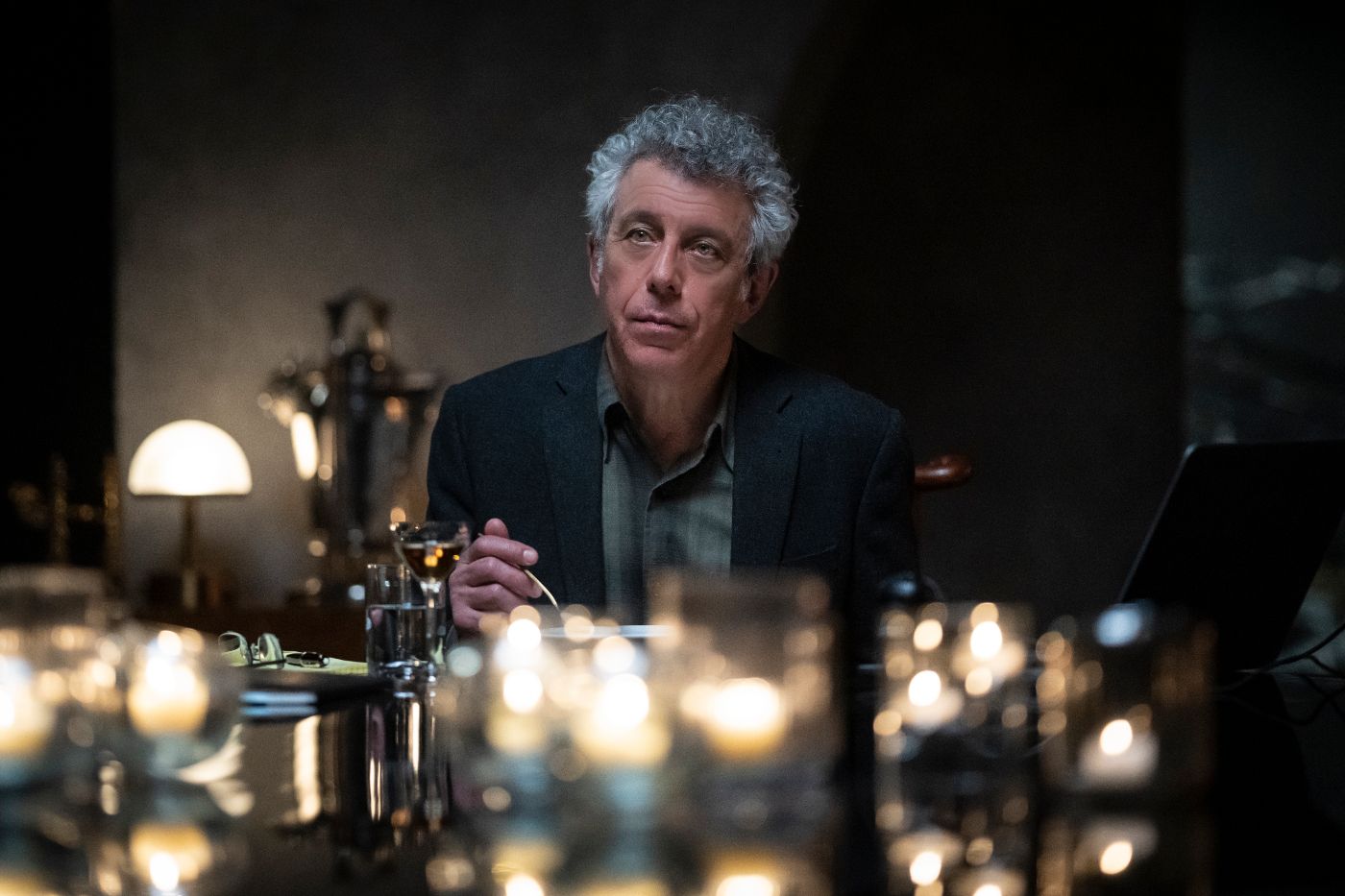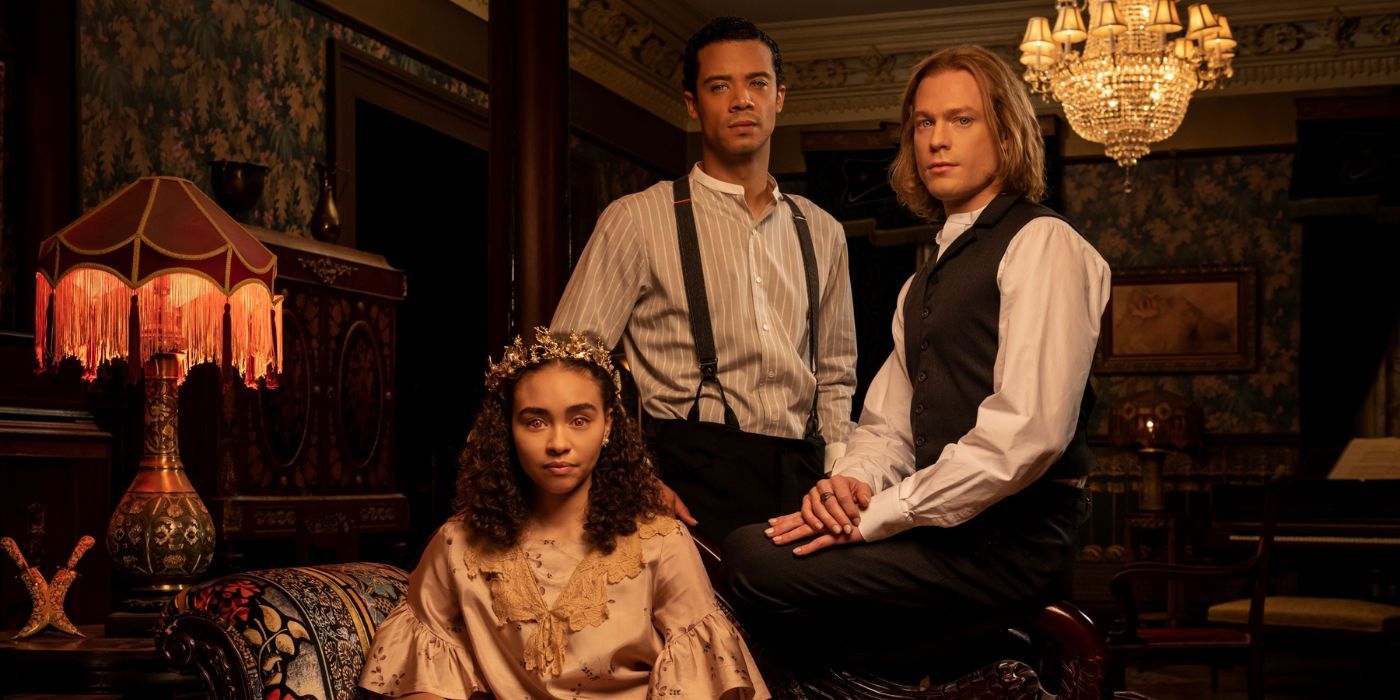Editor's note: The below contains spoilers for Anne Rice's Interview with the Vampire.The recent release of AMC’s Interview with the Vampire brings back the world of the legendary and best-selling horror novel of the same title by the late Anne Rice (originally published in 1976). Those responsible for developing Rice's novel into a show initially emphasized the intention to stay true to the rich source material and yet give the classic story a modern spin. “In many ways, our show is truer to the book than the movie was, which is ironic because Anne Rice herself wrote the screenplay to the movie,” stated executive producer Mark Johnson in his exclusive interview with Entertainment Weekly.
Indeed, it is impossible to talk about the new screen adaptation of Rice’s work without recalling Neil Jordan’s evocative 1994 movie of the same title starring Tom Cruise, Brad Pitt, Kirsten Dunst, and Antonio Banderas. Despite being widely acclaimed by the critics (the movie won multiple BAFTA awards, and was nominated for an Oscar for Best Set Design and Best Music), it is often regarded as an interpretation rather than an adaptation of the novel – Rice had to cram the events of the book into a two-hour movie format. Fortunately, the length of the series allows for plunging into the intricacies of Rice's book universe and exploring the complex characters' relations as well as their background stories.
The new reading of the cult vampire novel promises to strike a fine balance between reimagining certain aspects of the story and tying it to the present-day world, making Interview with the Vampire a thrilling watch for both die-hard fans of The Vampire Chronicles (a series of 15 novels) and those who only begin to discover the Immortal Universe. Taking into account the inaccuracies of the movie, there is a legitimate question of how much AMC's Interview with the Vampire is true to the source and what its creators want to say after almost half a century since the release of the book and almost three decades after the success of the movie adaptation.
How Is the Show Different From the Book?
In some regards, the show picks up where the movie ends – presenting the meeting of Daniel Molloy (Eric Bogosian) and Louis de Pointe du Lac (Jacob Anderson) in Dubai as a reunion of old acquaintances who have an unfinished business to settle. Yet, when Louis starts to recall his story, the sense of continuity is broken. Louis in the show is substantially different not only from the movie version but also from his literary prototype – from an 18th-century planter, he is transformed into a brothel owner at the dawn of the 20th century. The timeline shift, as well as different character traits, do not however affect the tragic trigger – the suicide of a beloved brother – that plunges Louis into the depth of despair and leads to the path of darkness. The order of the events is slightly different in the book and the series – in the latter, the meeting between Louis and Lestat (Sam Reid) precedes the sequence of dramatic events, which allows the characters to develop mutual feelings, while in the book Lestat finds Louis in the aftermath of the tragedy, emotionally devastated and on the verge of ending his own life. In the book, the transformation for Louis is a way to end the cycle of pain endowed upon him by the death of his brother; in the series, he clearly sees Lestat's offer as an opportunity to shake off the shackles of society.
In AMC’s Interview with the Vampire, Louis is played by Jacob Anderson, who is of African-Caribbean and English descent. Contrary to the opinion of those who have only seen the 1994 movie adaptation and imagine Louis as a white planter, the series' cast is actually closer to the book in which the character is described as a Creole (a descendant of French or Spanish colonists and African slaves with mixed racial heritage). Besides, the color of his skin is woven into the bigger historical context of the era when blackness and queerness were equally alienating things – "you could be a lot of things in New Orleans, but an openly gay Negro man was not one of them," lamentably remarks Louis in his confession.
Notably, Claudia (Bailey Bass) in the show is also portrayed as a person of color, which further bonds her to Louis and separates her from Lestat, bringing the complex family dynamic an extra layer of meaning. Even though the young vampiress is yet to be properly introduced to the audience (she only briefly appears at the very end of the third episode), judging by the trailer, Claudia has been turned from a five-year-old child (in the book) into a teenager on the verge of puberty (in the series). The choice to age the character is rather justifiable, as the original book description would place tight restrictions on the showrunners and raise moral concerns regarding the depiction of her and Louis' complex, one-sided love story arc.
Another character that is significantly older than his book prototype is Daniel Molloy. Unlike the young, drug-fluid, and hungry-for-breakthrough journalist in the book, the series version of the character is an experienced author at the end of his career looking for the last chance to snatch the interview of a lifetime. According to the books, Malloy was turned into a vampire by Armand in the third book of The Vampire Chronicles, Queen of the Damned. However, in the series, the audience sees Malloy still as a mortal (though with a suspiciously looking bite mark on the neck). It remains unclear how much the character’s storyline has been altered compared to the events of the novel, and whether the audience will see Malloy's initiation in later episodes of the show.
Set as a recollection of the past, Interview with the Vampire – both the original novel and the screen adaptations – widely uses the principle of time jumps from the past into the present and back again. The shift in the series timeline in comparison to the book – from the 18th to the early 20th century and from the 1970s to the 2020s – only partially affects the narrative, bringing new historical context and details (e.g. use of digital technologies over analog). New Orleans remains the central stage on which the drama unfolds – in the book Louis is described as an owner of two indigo plantations on the Mississippi near New Orleans. New in this equation is Dubai with its modernist architecture (in the book, the original interview takes place in San Francisco) as well as the character of Rashid (Assad Zaman) as Louis' mysterious companion and assistant.
As far as it can be judged by the first several episodes of the show, Interview with the Vampire has kept its promise to honor the original novel and yet brings a new and exciting drama to the (blood-)thirsty audience. The show has already been renewed for a second season, with a total of seven episodes each.
Interview with the Vampire premieres new episodes weekly every Sunday on AMC, with episodes available to stream a week early for AMC+ subscribers.



